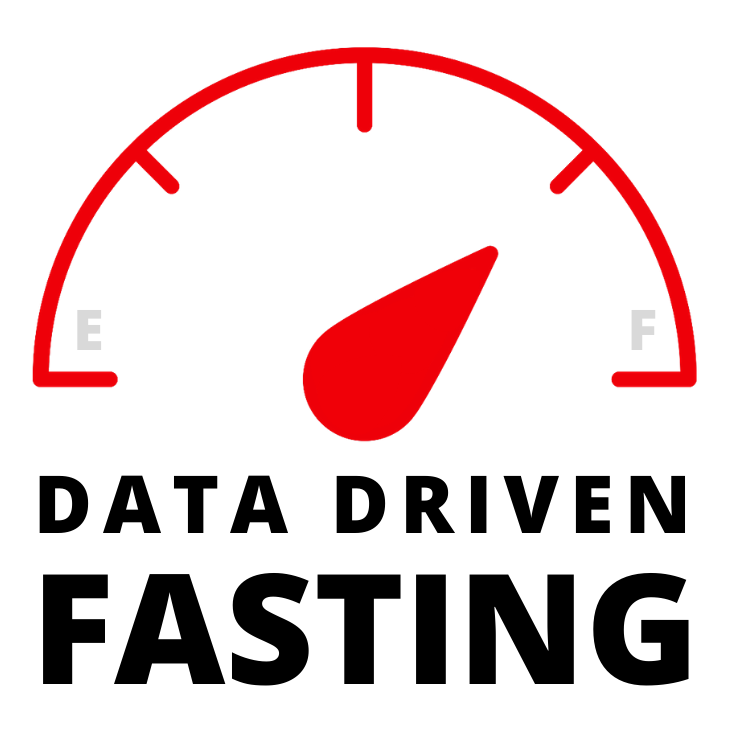
You Are Not Failing At Intermittent Fasting, Your Fasting Protocol Is Failing YOU...
Keep Reading To Find Out Why Popular Intermittent Fasting ProtocolsSet You Up For Failure
Intermittent fasting has helped many people get healthier without the hassle of tracking food.
But, sadly, for many others, fasting doesn’t provide the benefits they had hoped for over the long term.
While fasting has many benefits, when we get REALLY hungry, most of us gravitate to energy-dense nutrient-poor foods that quickly undo all our discipline, deprivation, and restriction.
To achieve long term success, you need to find the minimum effective dose of fasting that gives you long term results you want without pushing your body so hard that it rebels and leaves you trapped in an endless restrict-binge cycle.

Energy balance is king but counting calories is the hardest path to weight loss...
Many people try calorie counting apps like MyFitnessPal. However, the vast majority of people find this way of life unsustainable for a range of reasons.
Counting calories and obsessing over food may cause an eating disorder
If you’ve ever tried tracking your calories, you will understand that your lizard brain doesn’t like giving over control of your appetite to a smartphone app. While calories in vs calories out sounds seductively simple, your reptilian instincts will fight for control when awoken by the seeming threat of starvation.
Many people become anxious when they put so much effort into tracking everything they eat and don’t get the results they hoped for. Sadly, food tracking often causes unhealthy neurosis for many people.
A 2017 study of people with a diagnosed eating disorder found that 75% of the participants reported using MyFitnessPal. Disturbingly, 73% of the MyFitnessPal users said that MyFitnessPal had contributed to their eating disorder.
With 24/7/365 access to food, we eat around the clock...
Our ancestors ate the food they caught or collected. When the food was scarce they simply fasted.
They didn’t have to avoid foods (unless they were poisonous).
They never counted calories because mother nature enforced a cycle of fasting and feeding.
The truth is, we are genetically wired to go some time without food.
This is the missing link in our modern, hyperpalatable food environment.

We Noticed 3 Big Problems That Every Popular Fasting Protocol Gets REALLY WRONG
Problem #1: Popular fasting protocols don’t use data to guide you when you should eat and when to skip a meal.
Most of the protocols were invented from an individual’s personal experience without relying on any hard data.
If someone on Facebook does 16:8 or 20:4 it DOES NOT mean it will work for you.
Without personalisation to the individual, any fasting protocol is almost guaranteed to be unsustainable and result in failure.
We realised that this cookie-cutter approach to fasting had to STOP. So we created the first of its kind, data-driven approach to fasting.
Problem #2: Popular fasting protocols don’t do anything to retrain your healthy appetite signals so you don’t end up with a binge eating disorder.
Problem #3: Fasting protocols don’t tell you how to correctly break a fast and fill your body with nutrients so you don’t binge later.
Introducing...
A 3-Step Data-Driven Fasting ProgramThat Personalises Your Fasting, Just For You,




Step #1: Establish Your Personalized Trigger Point
Step #2: Hunger and Fullness Training
Data-Driven Fasting will teach you how to identify whether you are truly hungry as well as the important questions to ask yourself during your next meal.
Step #3: Personalised Fasting Protocol
The Data-Driven Fasting Protocol will show you how to tailor your fasting to your unique metabolism and your routine to ensure you build a sustainable practice that you will enjoy.
Here's What You'll Get When You Join Today

Special Bonus
- $97 Professional Diet Analysis so you can have finally know what nutrients your diet is missing which means you can finally find foods that make you feel full of energy and stop constant hunger and cravings.

30 Day No Questions Asked Guarantee!
P.S. If you're skimming and just wanted to see what the offer was... for just $37 USD, you're getting access to the Data-Driven Fasting Program - the blueprint for how to use data to personalise your intermittent fasting.
Optimizing Nutrition LLC @ 2020
